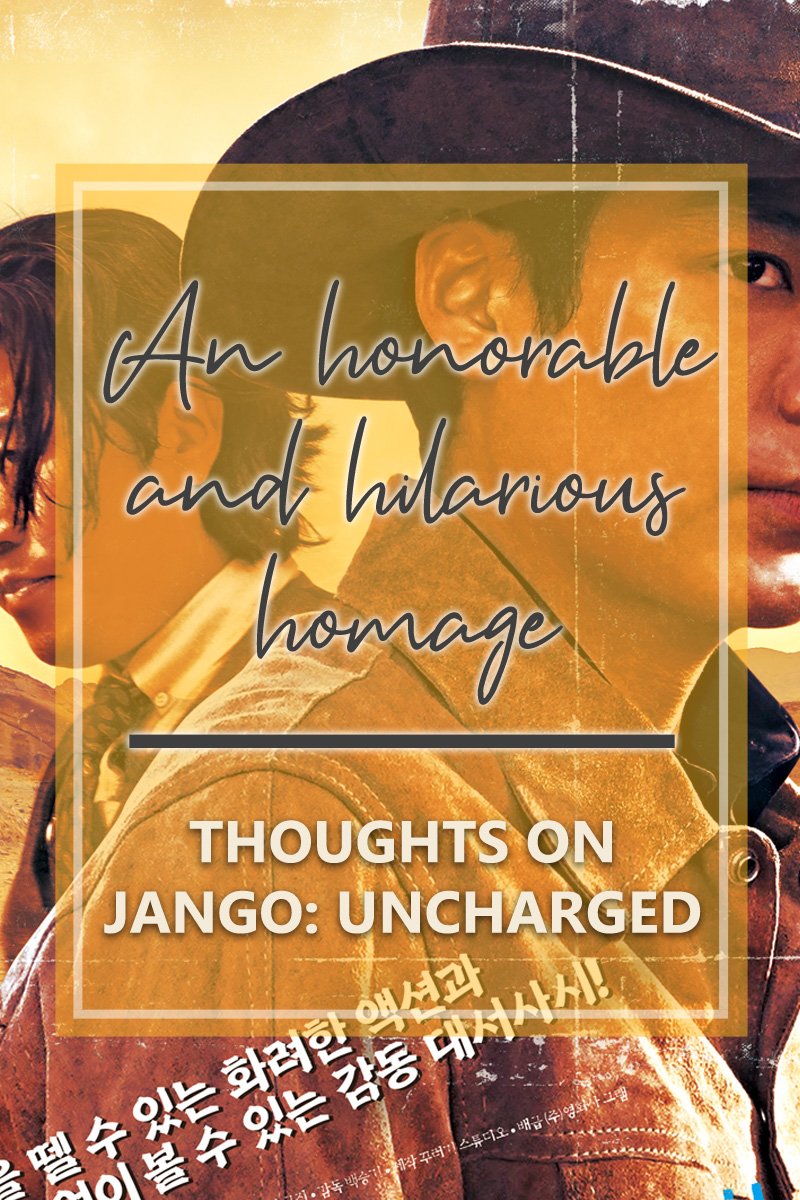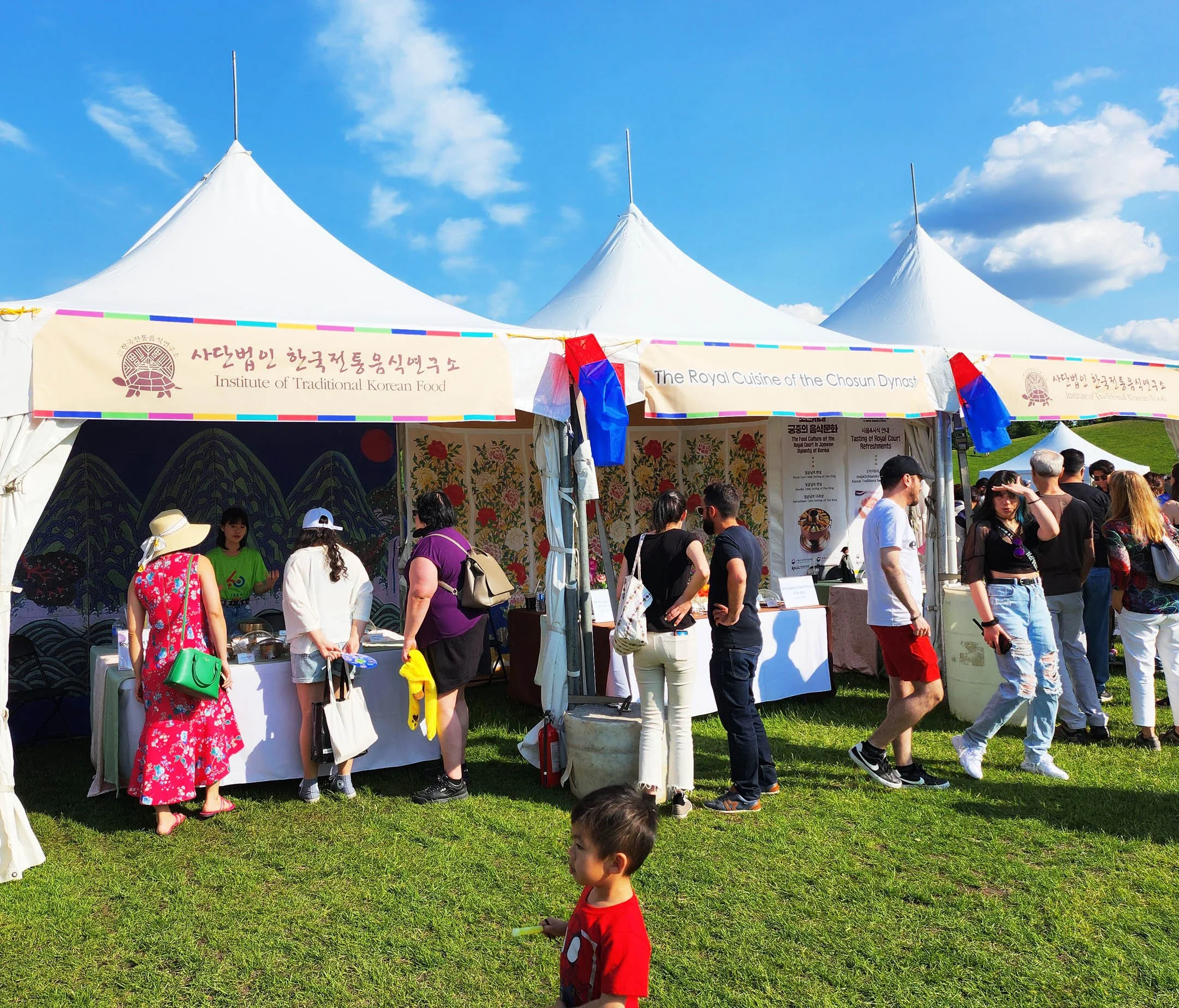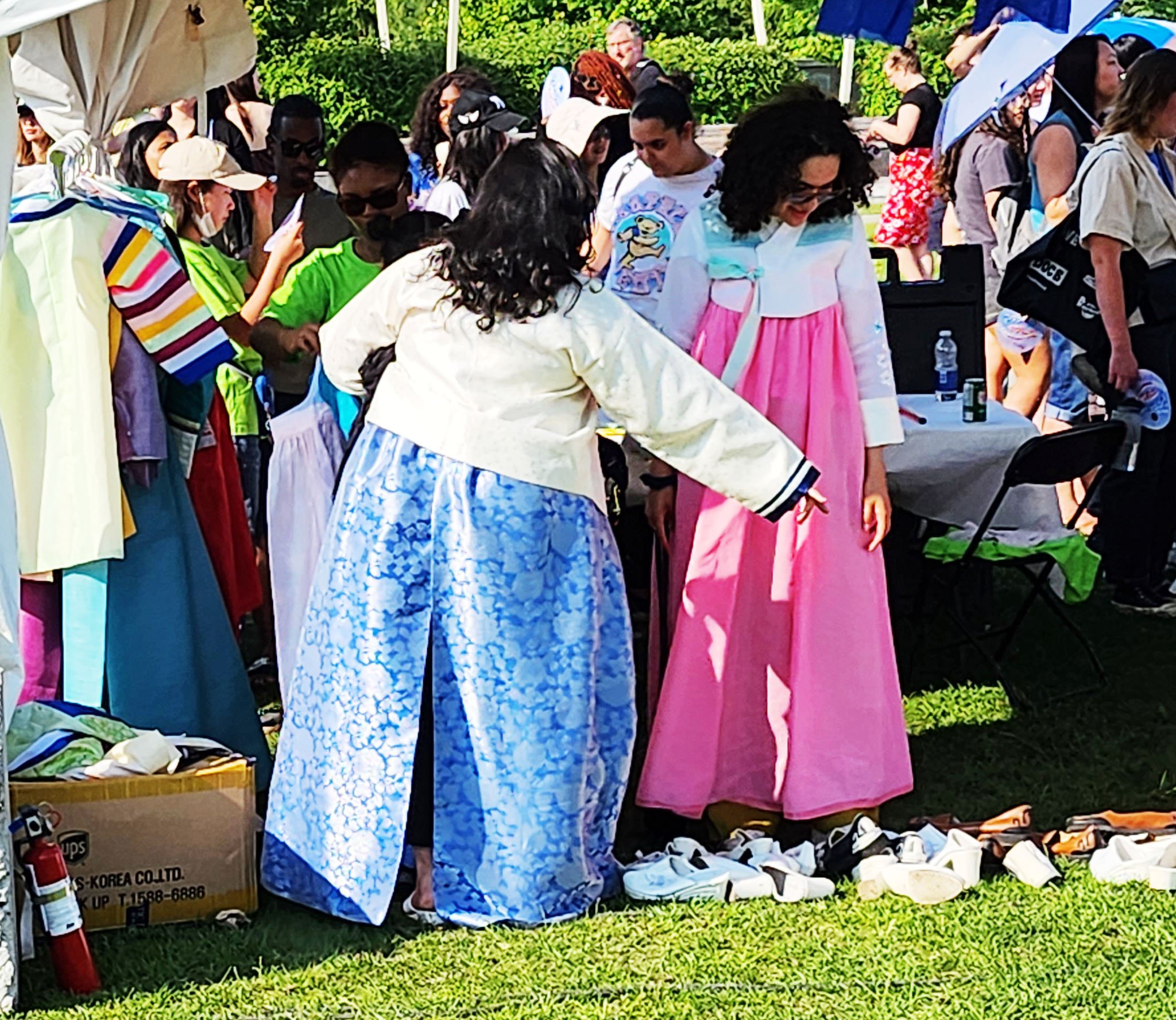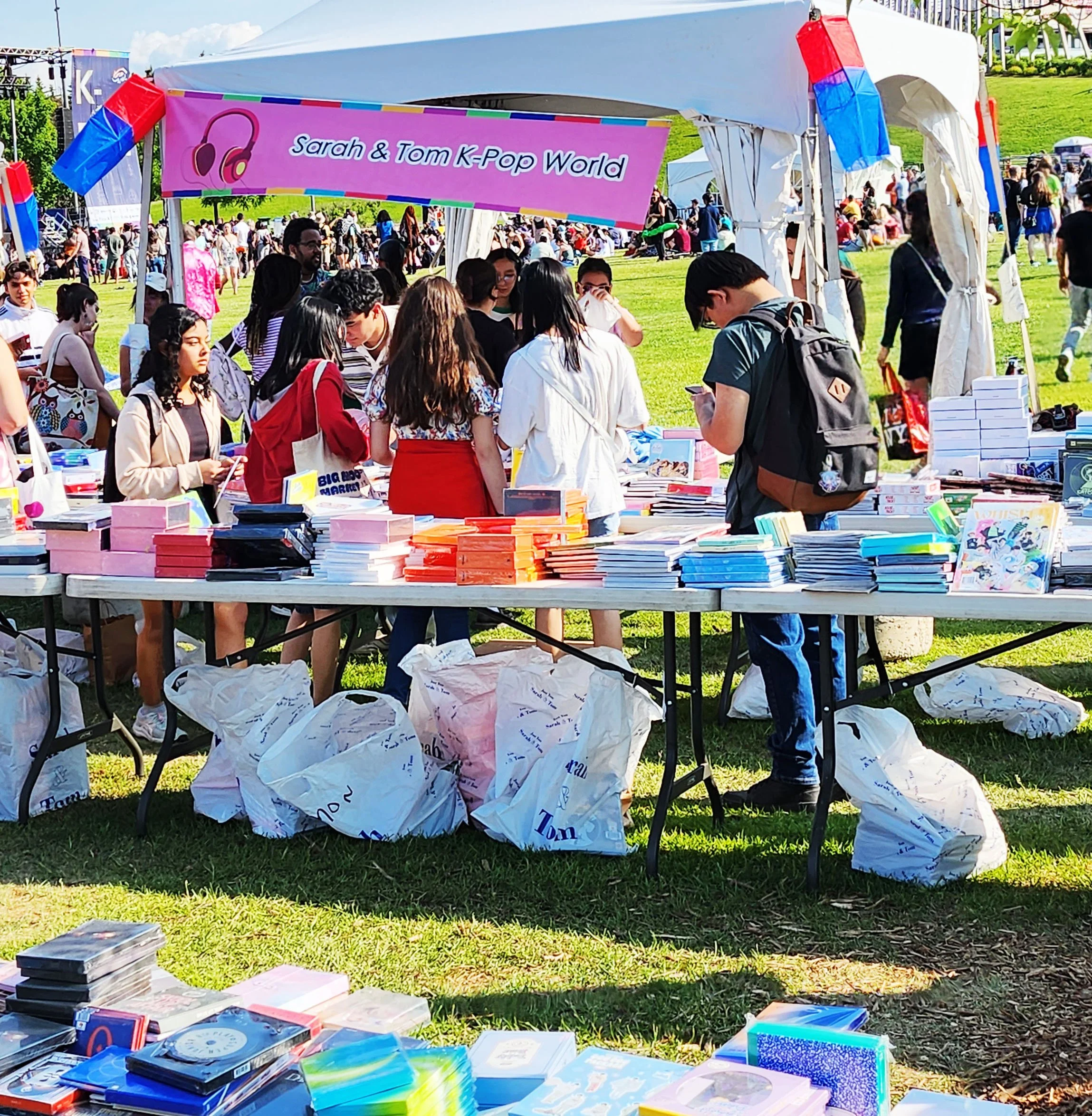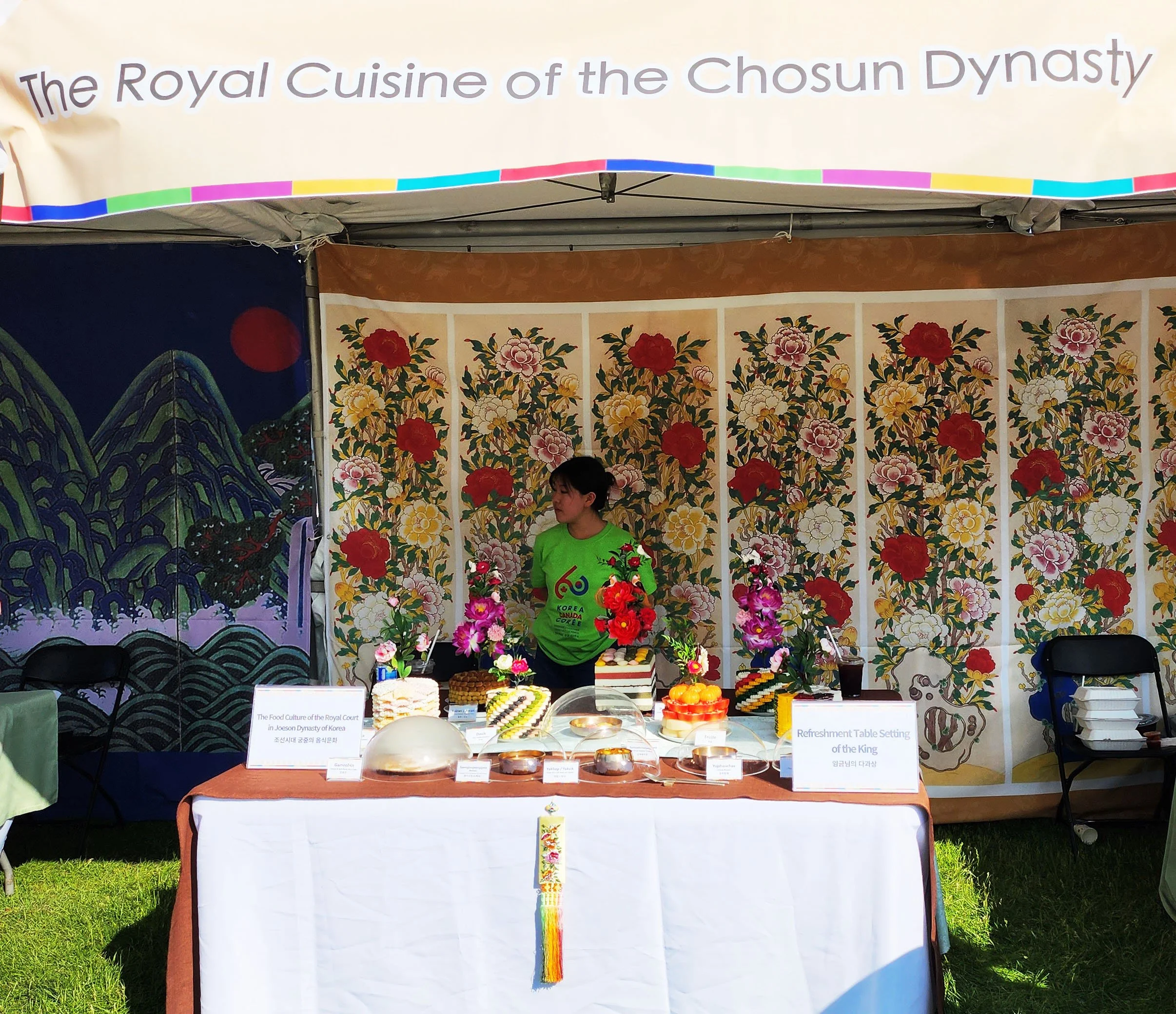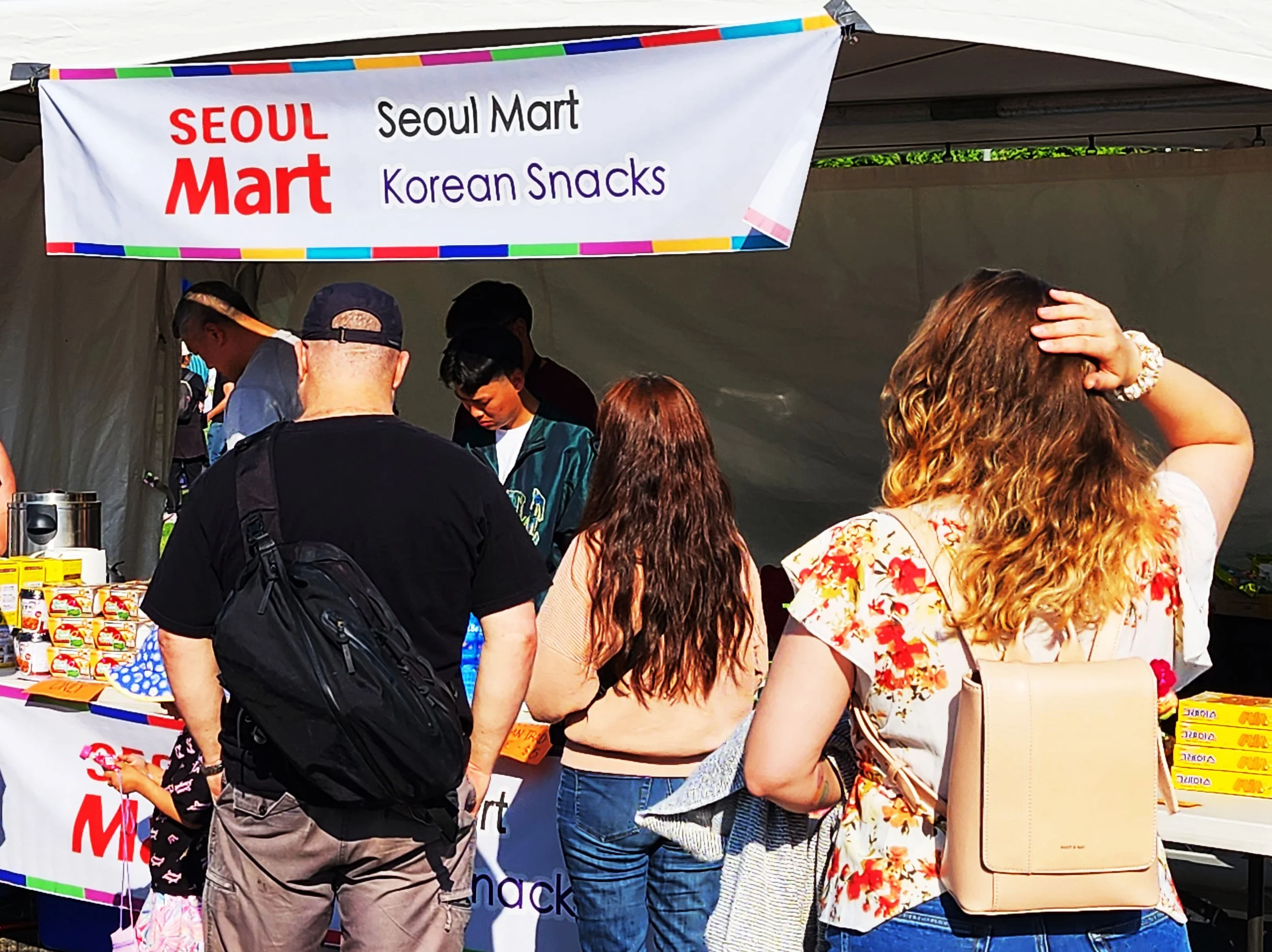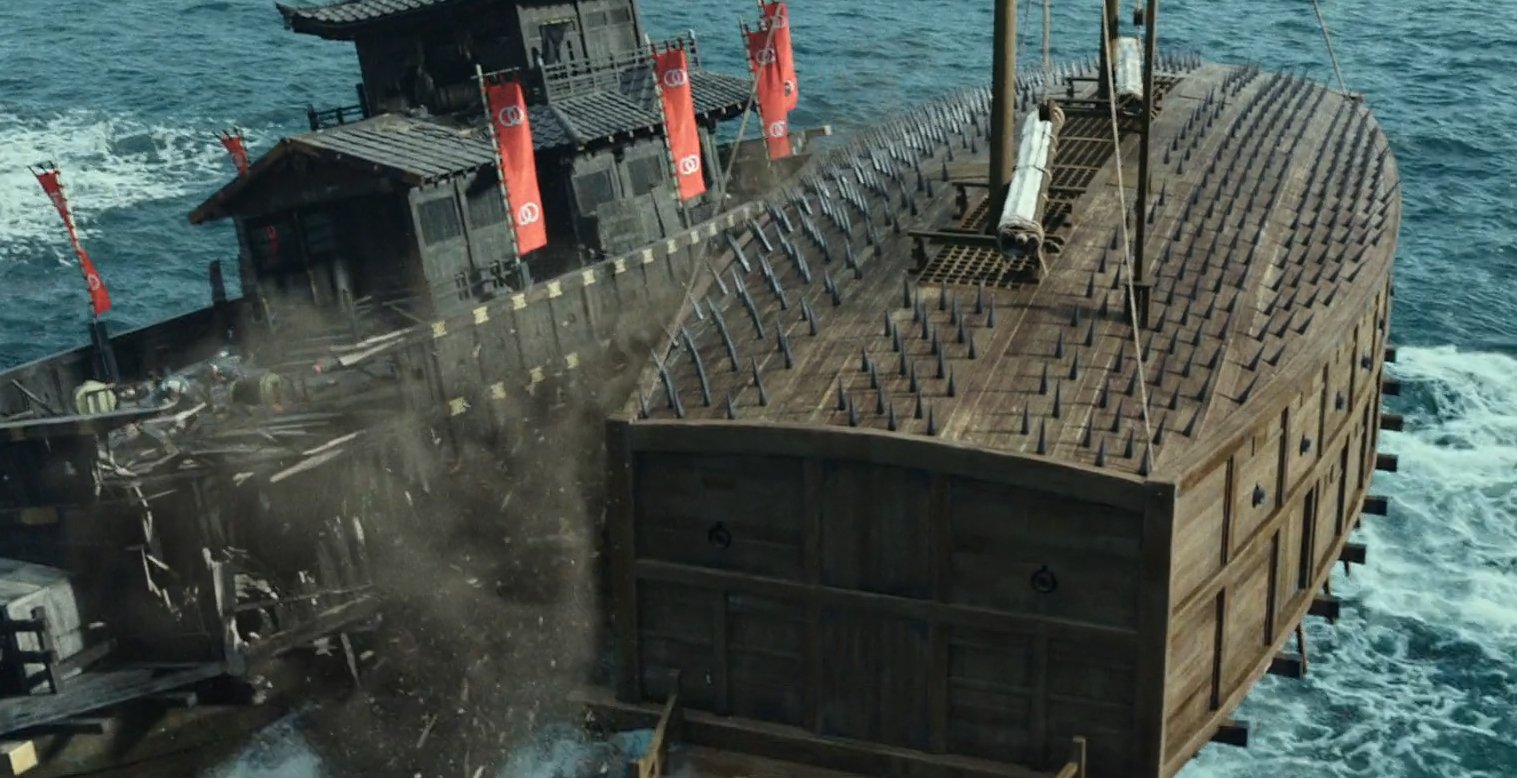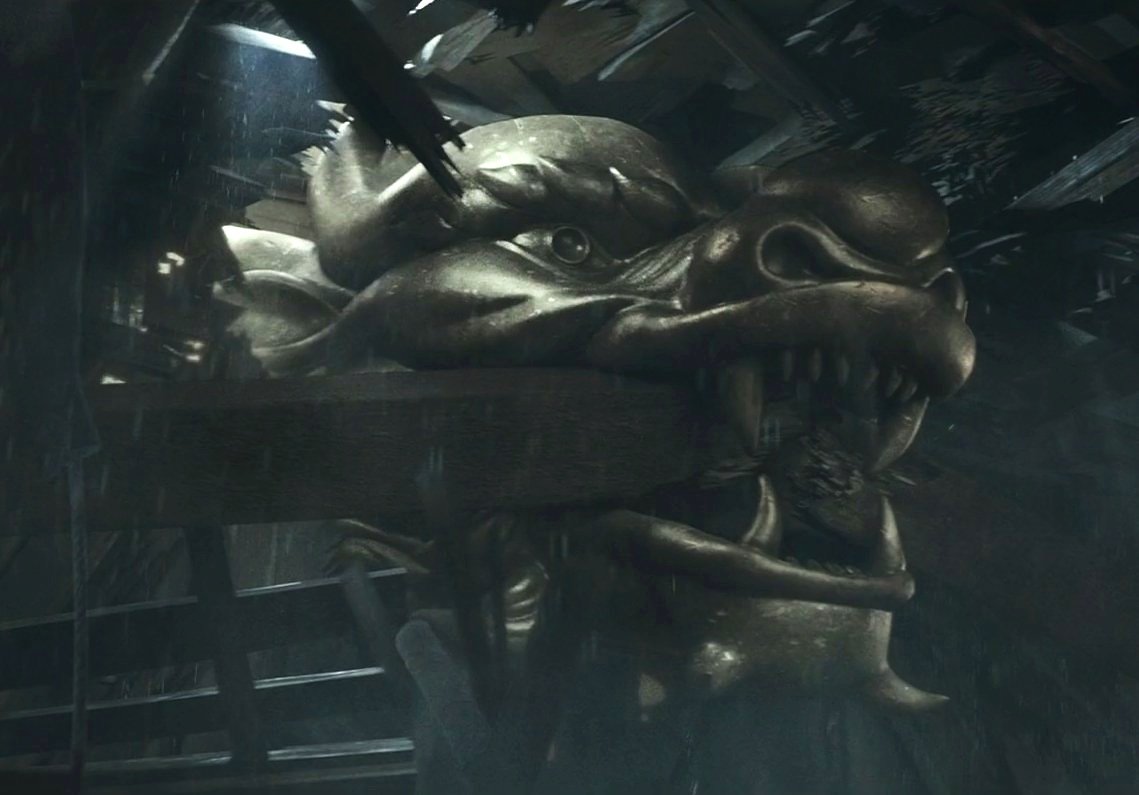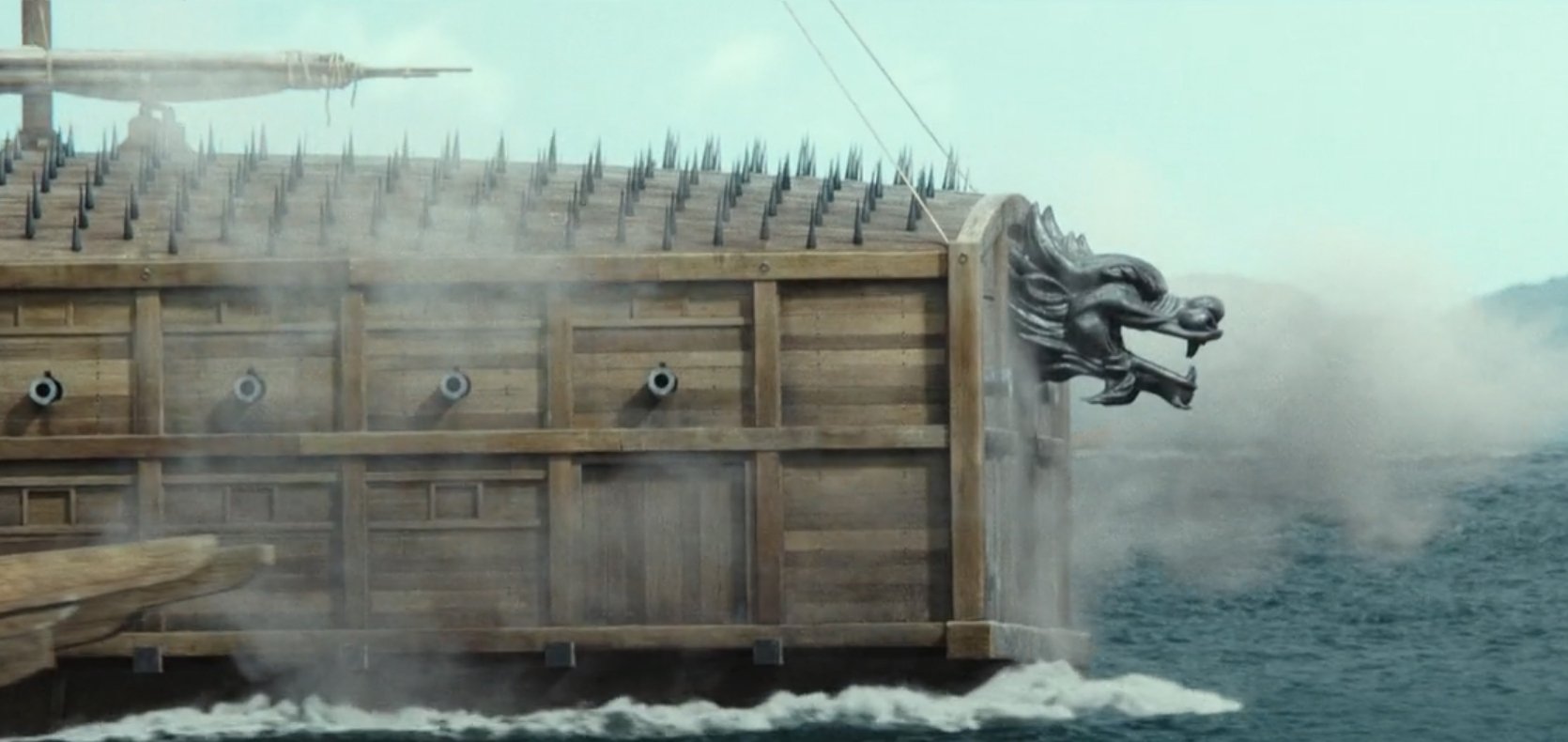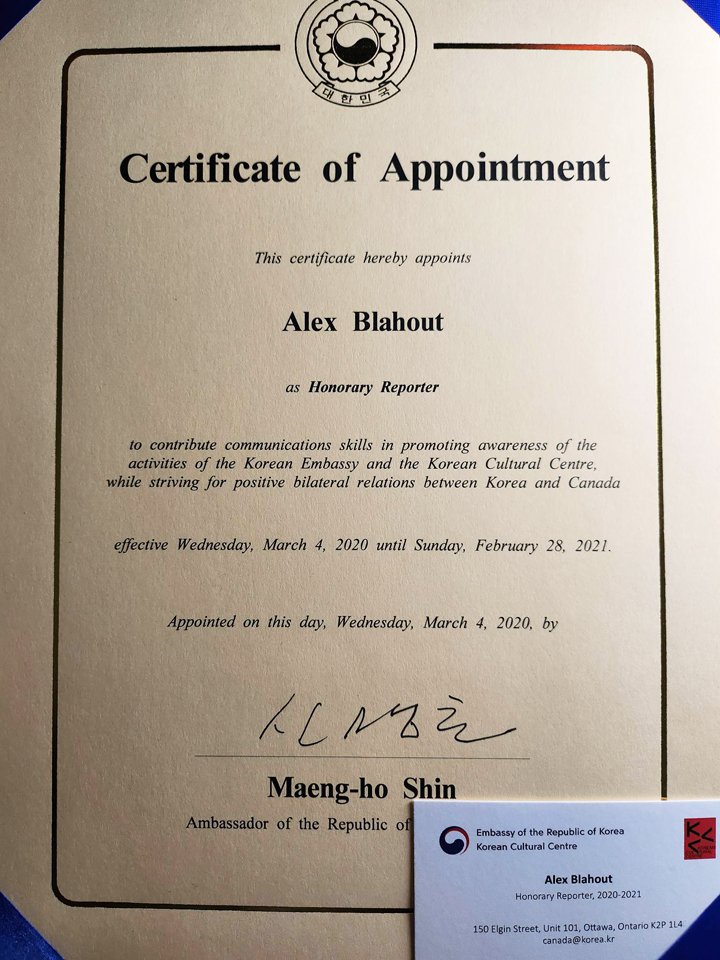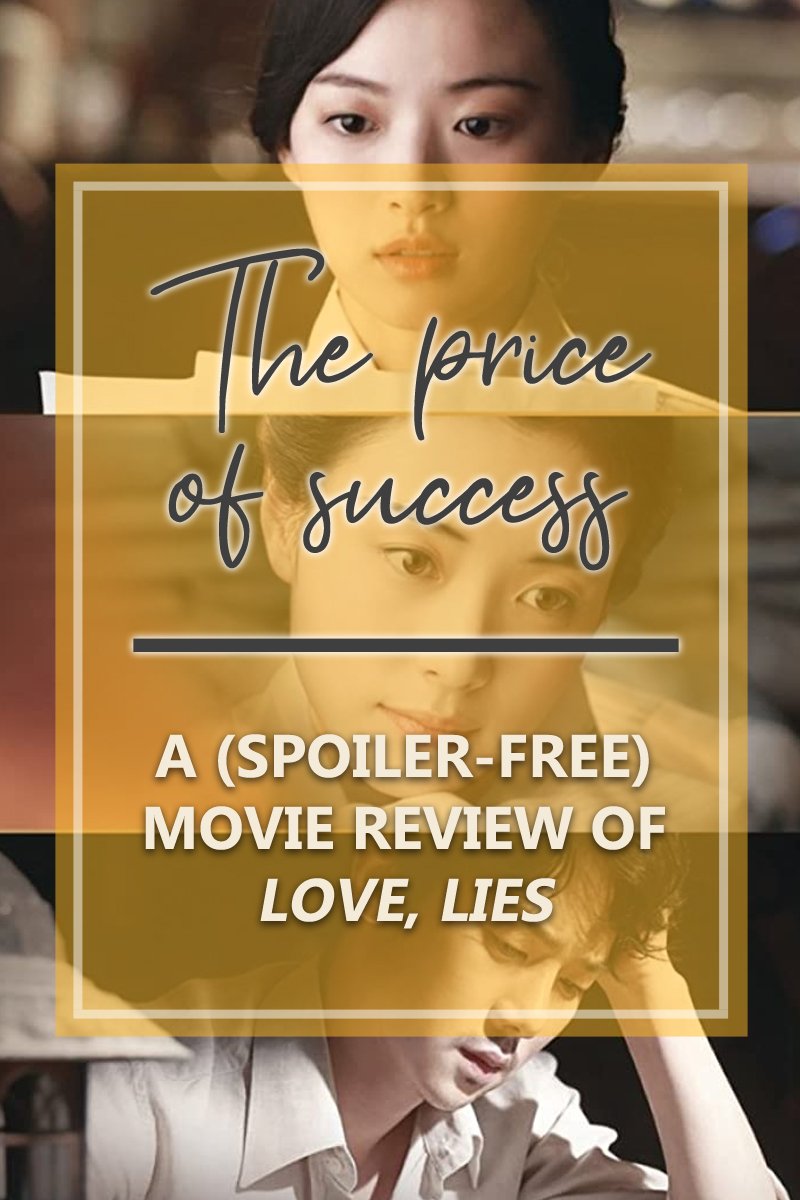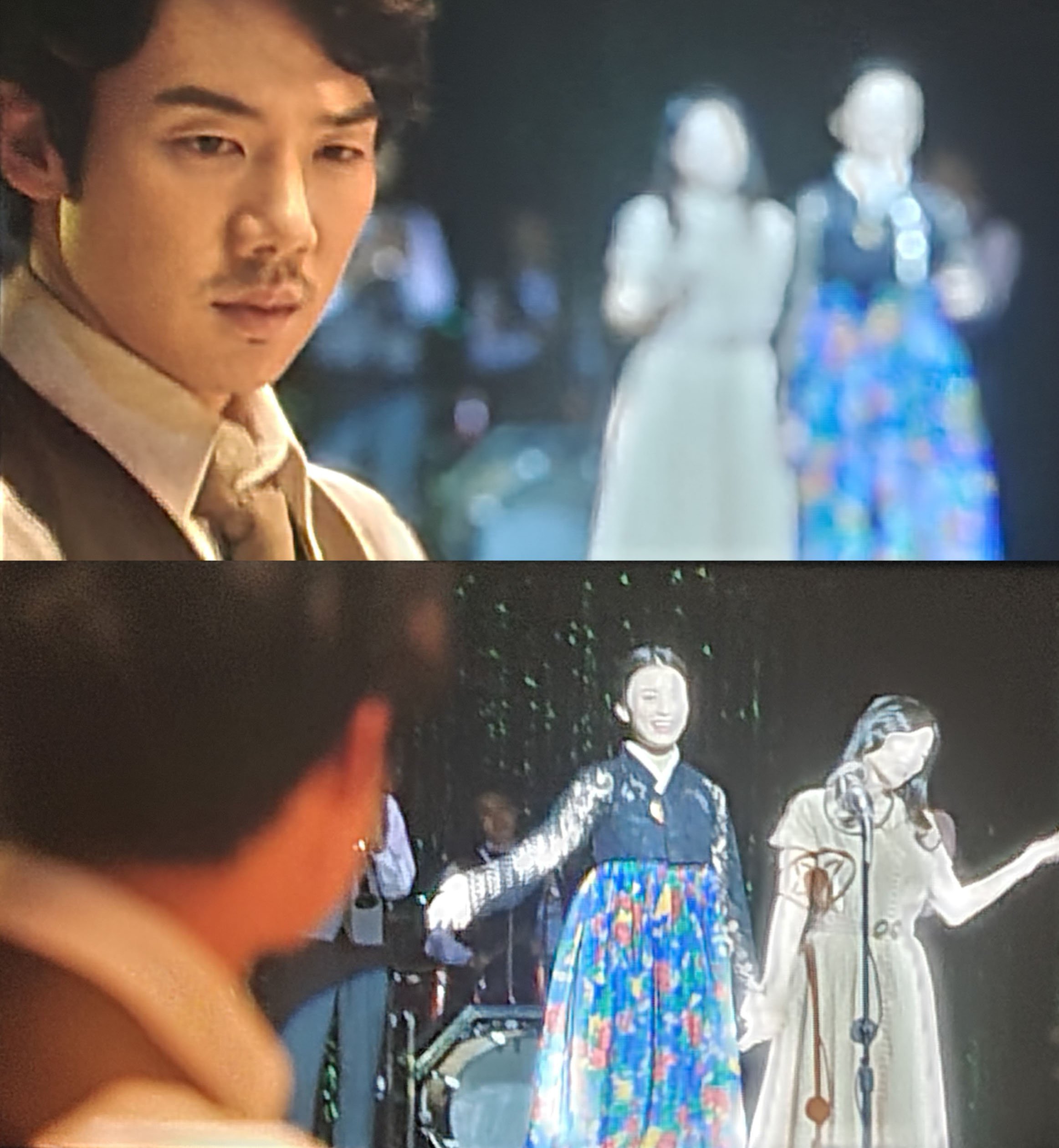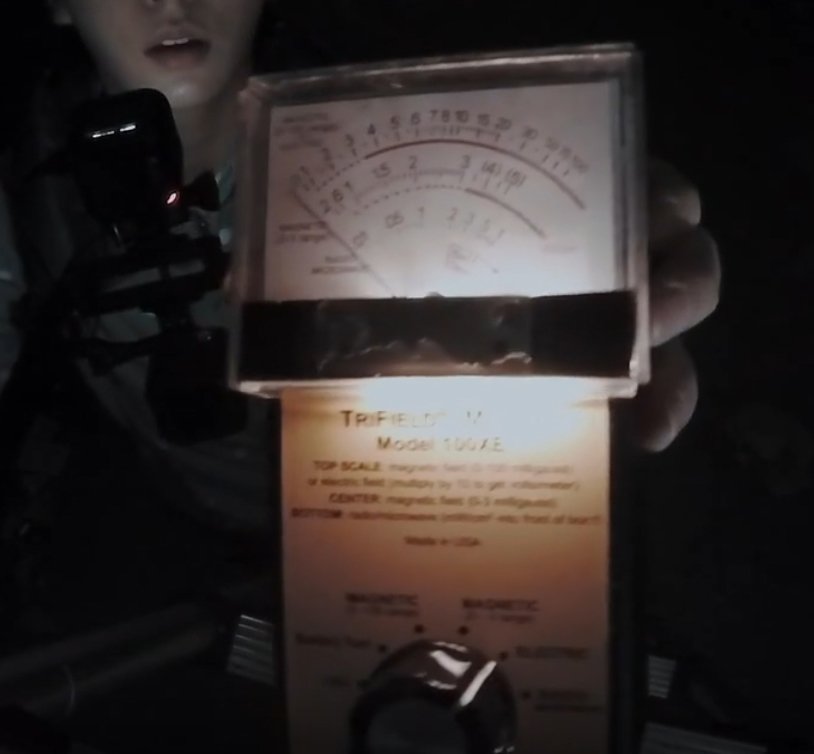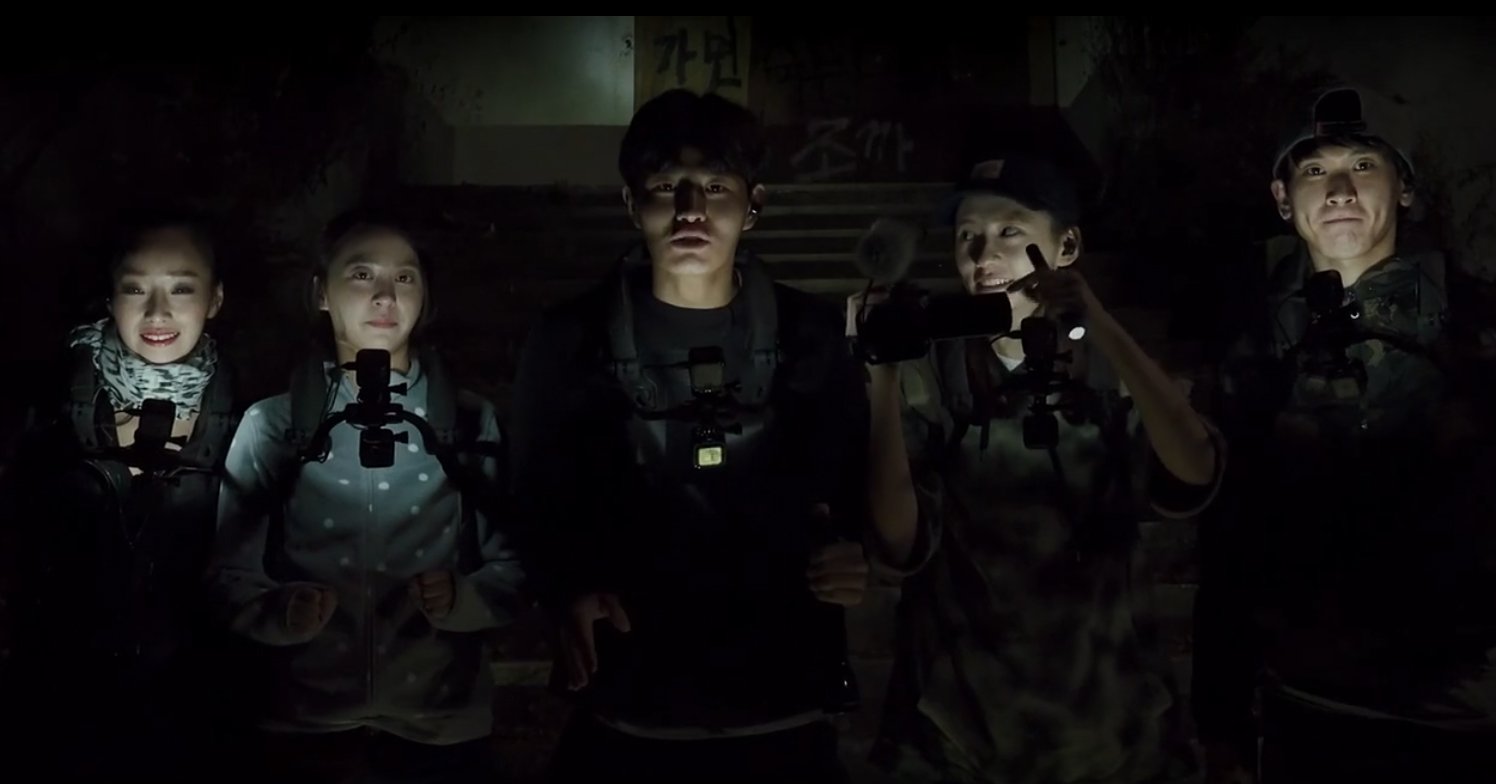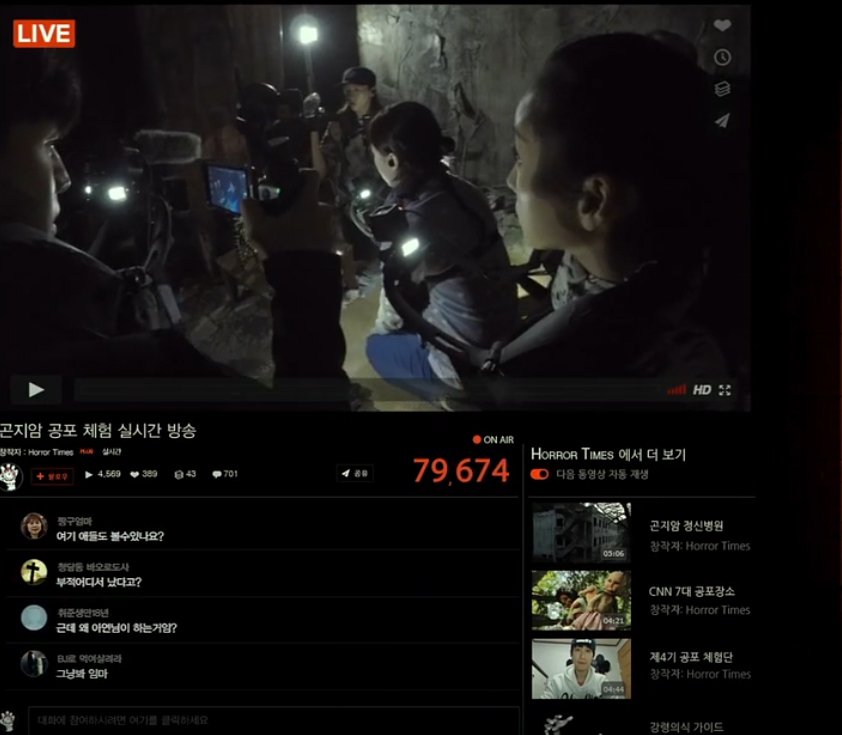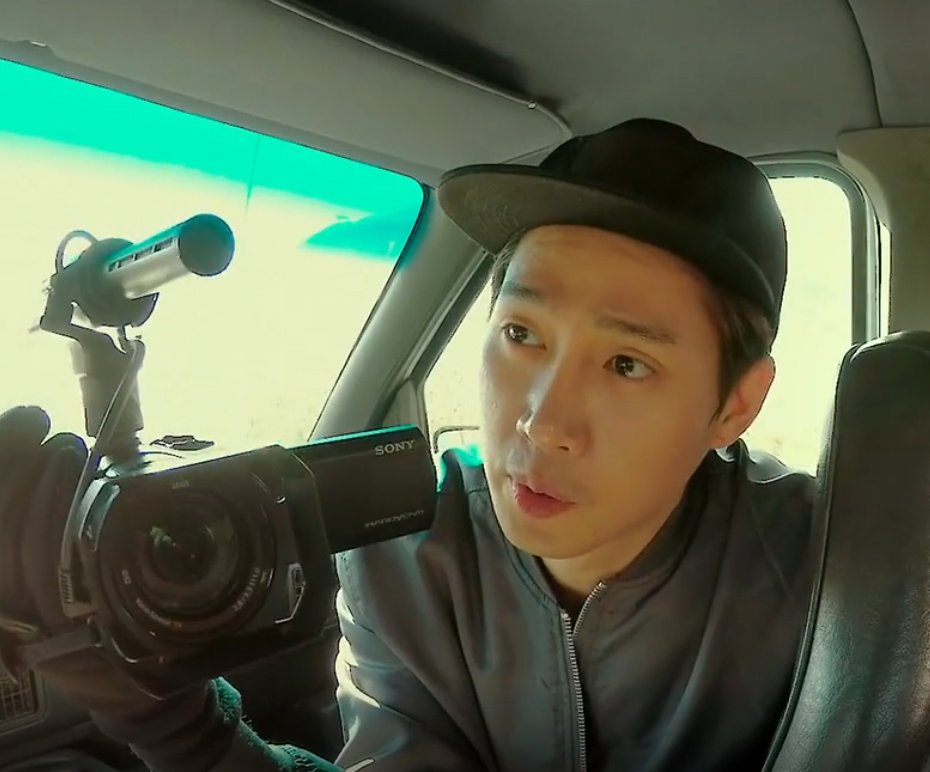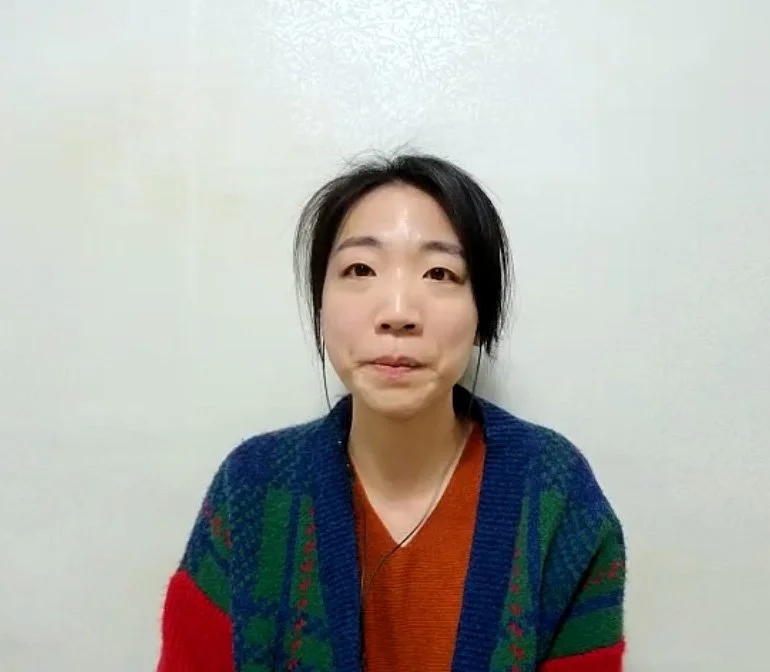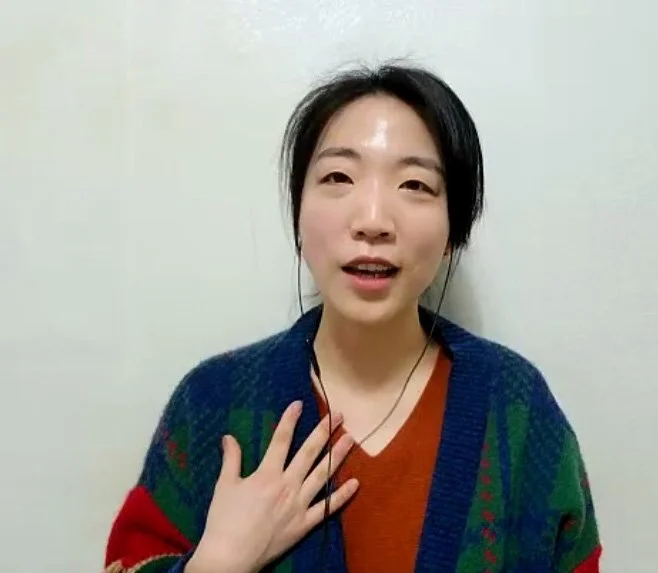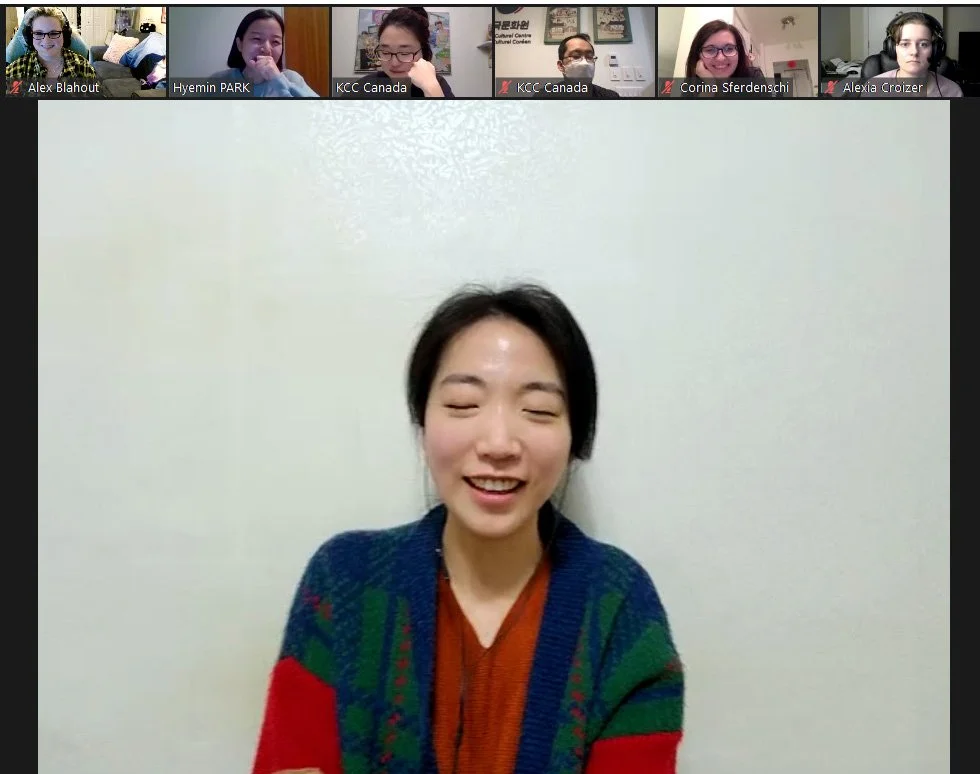An Honorable And Hilarious Homage | Thoughts on Jango: Uncharged
One of the reasons I love living in Canada’s capital is getting to host many different kinds of film festivals. Admittedly we don’t have much in the way of concert venues, but we do have vintage movie theatres and several galleries to provide unique and intimate film experiences.
What’s so great about film festivals, you ask? Well, in my opinion, the best thing about them is getting an opportunity to see foreign films on the big screen, in high definition. Some streaming services have limited selections of non-English movies, but often you have to turn to a torrent, and those can have problems like grainy quality or missing subtitles.
Plus, there’s a whole world of movies being made outside the small box of Hollywood, and if it weren’t for film festivals, I might never get a chance to see any of them. Which was definitely the case for the movie I saw at the 6th Ottawa Korean Film Festival.
Jango: Uncharged
It’s hard to not be curious when you see a title like this one. Out of the impressively large list of movies— both feature-length and short —available at this year’s OKFF, Jango: Uncharged was the one movie I absolutely needed to see. Not only was it showing at Ottawa’s Mayfair Theatre for a fun vintage film experience, but I’m a huge fan of Quentin Tarantino’s work, and Jango: Uncharged seemed to promise a great homage to it.
And it delivered on that promise! This movie is a lot of fun and got me laughing until my sides ached (luckily there wasn’t anyone sitting directly around me except for my friend so I wasn’t disturbing other patrons). Even if you’re not a huge Tarantino fan I would still recommend watching it, if for nothing else than just for the unique cinematography and build; however, in my opinion it is probably a lot funnier and more enjoyable if you know about how Mr. Tarantino makes movies.
Funnier still if you’ve actually seen Django: Unchained (2012), since Jango: Uncharged follows its plot almost exactly. In some scenes it’s nearly beat-for-beat!
Perhaps the best part (at least it made me laugh the most of everything) is the movie’s script and subtitles. See, Korean movies shown here in Canada typically have the spoken language as Korean and English subtitles (maybe one day I’ll be proficient enough at Korean to watch without the need for translation). In Jango: Uncharged however, everyone throughout the film speaks in heavily-exaggerated broken English, and the subtitles, also in English, have what the line is supposed to be. I can’t possibly do justice to this gimmick by describing it – I really encourage you to watch it for yourself.
The actors were all fantastic with great comedic timing, yet surprisingly I tried to Google more information about them (and see what else they’ve been in) but found almost no [English] results. In fact, my favorite among the main actors was the man playing Mr. Leonardo Bitcaprio— Son Lee-Yong —but I couldn’t find a list of other films he’s appeared in. I’m keeping my eyes open though!
All in all, even though some of the references are a bit esoteric, and even though it’s complex and extremely meta right at the end, I would still give Jango: Uncharged an 8/10. Just be mindful that this is an homage more than a parody, and it isn’t shot the way the other high-budget Korean movies are. It’s got a very indie vibe.
The Ottawa Korean Film Festival provides an opportunity to see short, feature-length, animated, and live-action movies that we’d otherwise probably never see, all for free! There aren’t many cool events so accessible to everyone these days and I’m incredibly grateful the Korean Cultural Centre of Canada gives us such opportunities.
I mentioned this in a previous blog post, but I’ll say it again now because it makes me so happy to see: there are more and more people attending KCC programs/events every time I go! It feels like the world is finally beginning to truly appreciate the rich culture and endlessly creative art coming out of Korea. And the more people who love it, the more available the events, programs, and workshops become!
Looking forward to what the next OKFF brings!
